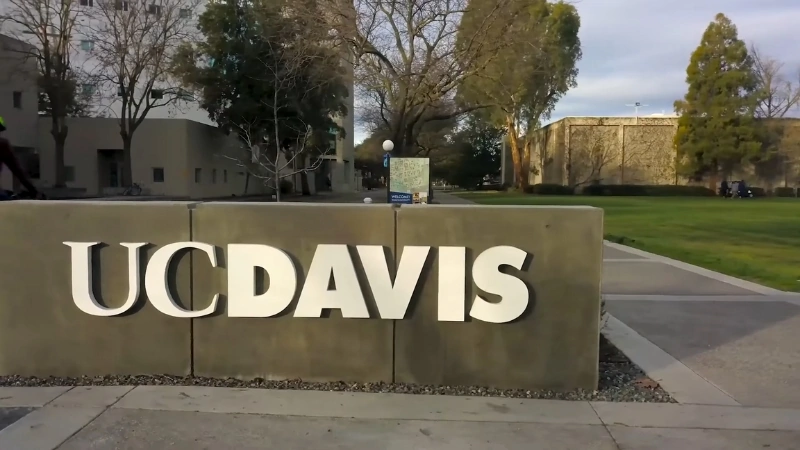
Share Post:
The United States presidential election is a complex process that hinges on the Electoral College, an institution established by the Constitution.
While designed to balance the influence of populous and less populous states, the system has been subject to scrutiny and debate.

| State | Electoral Votes |
|---|---|
| California | 54 |
| Texas | 40 |
| Florida | 30 |
| New York | 28 |
| Illinois | 19 |
| Pennsylvania | 19 |
| Ohio | 17 |
| Georgia | 16 |
| North Carolina | 16 |
| Michigan | 15 |
| New Jersey | 14 |
| Virginia | 13 |
| Washington | 12 |
| Arizona | 11 |
| Indiana | 11 |
| Massachusetts | 11 |
| Tennessee | 11 |
| Colorado | 10 |
| Maryland | 10 |
| Minnesota | 10 |
| Missouri | 10 |
| Wisconsin | 10 |
| Alabama | 9 |
| South Carolina | 9 |
| Kentucky | 8 |
| Louisiana | 8 |
| Oregon | 8 |
| Connecticut | 7 |
| Oklahoma | 7 |
| Arkansas | 6 |
| Iowa | 6 |
| Kansas | 6 |
| Mississippi | 6 |
| Nevada | 6 |
| Utah | 6 |
| Nebraska | 5 |
| New Mexico | 5 |
| Hawaii | 4 |
| Idaho | 4 |
| Maine | 4 |
| Montana | 4 |
| New Hampshire | 4 |
| Rhode Island | 4 |
| West Virginia | 4 |
| Alaska | 3 |
| Delaware | 3 |
| District of Columbia | 3 |
| North Dakota | 3 |
| South Dakota | 3 |
| Vermont | 3 |
| Wyoming | 3 |
Table of Contents
ToggleOverview
The Electoral College consists of 538 electors, and a majority of 270 electoral votes is required to win the presidency.
The District of Columbia also has three electoral votes.
States with Disproportionate Influence

Wyoming, Vermont, and Alaska
Small states like Wyoming, Vermont, and Alaska benefit significantly due to the minimum allocation of electoral votes. Each of these states has three electoral votes, the constitutional minimum (two Senators and at least one Representative), regardless of their relatively small populations.
Wyoming Vermont Alaska
Benefits:
- Policy Attention: Although these states may not be battlegrounds, the disproportionate influence encourages presidential candidates to address issues pertinent to them.
- Preservation of Interests: The Electoral College ensures that the unique economic and cultural interests of small states are not overshadowed by those of larger states.
Electoral Votes Per Capita for Selected States
| State | Electoral Votes | Population (2020 Census) | Population per Electoral Vote |
|---|---|---|---|
| Wyoming | 3 | 576,851 | 192,284 |
| Vermont | 3 | 643,077 | 214,359 |
| California | 55 | 39,538,223 | 718,876 |
| Texas | 38 | 29,145,505 | 766,987 |
This is the 2020 population density map.
There is FAR LESS READ than Blue.
Blue is the majority—MAGA needs to the electoral college. Because they need the handicap.1 vote in Wyoming has 3x more power than a vote in California
1 person – 1 vote is how needs to be. In today’s… pic.twitter.com/rpRd1RUMbc
— Agent Self FBI (@AgentSelf99B) August 25, 2024
Swing States: The Kingmakers

Florida, Pennsylvania, and Ohio
Swing states, regardless of size, benefit immensely due to their unpredictability and the potential to swing the election outcome.
Florida Pennsylvania Ohio
Benefits:
- Campaign Focus: Candidates spend disproportionate time and resources campaigning in these states.
- Economic Advantages: Increased campaign spending boosts local economies, from media advertising to event hosting.
- Policy Influence: Swing states can leverage their status to influence national policy platforms, ensuring their local issues receive national attention.
Ok, Great Trump is up in the Polymarket. Do not get complacent. For 1 thing several senate races particularly in swing states like Michigan, Arizona, Wisconsin, and Ohio don’t look so good. Plus the house needs help too. Keep the pressure 💪 on. #Trump #TrumpVance2024 pic.twitter.com/sKqnm3IlY5
— DogFacePonia (@DogFacePonia) October 7, 2024
States with Winner-Takes-All Advantage

California and Texas
While large states like California and Texas have lower electoral votes per capita, they benefit from the winner-takes-all system (used by all states except Maine and Nebraska).
California Texas
Benefits:
States with Proportional Allocation: Maine and Nebraska

Maine and Nebraska use a congressional district method to allocate their electoral votes, differing from the winner-takes-all approach.
Maine Nebraska
Benefits:
Rural States: Preserving the Federal Balance
Dear Montana:
1. This is NOT NORMAL
2. You can register at the polls
3. Every vote counts. In BC, our election was just decided by 87 votes— Mika McKinnon (@mikamckinnon) May 25, 2017
The Electoral College ensures that rural states maintain a voice in federal elections.
Montana North Dakota and South Dakota
Benefits:
Emerging Swing States: Changing Demographics

Arizona and Georgia
Recent elections have seen shifts in traditionally Republican states like Arizona and Georgia.
Arizona Georgia
Benefits:
Case Studies
Wyoming: The Small State Advantage
Wyoming has the smallest population but enjoys three electoral votes. The state’s influence per voter is significantly higher than that of larger states according to Washington Post.
Florida, with 29 electoral votes, is a large swing state that often plays a decisive role in elections. [/su_note] While the per capita influence is less than that of small states, Florida’s status as a swing state amplifies its importance. States with higher electoral votes per capita can have an outsized impact on tight elections, especially when combined with the winner-takes-all approach used by most states. Proponents contend that the system balances the interests of states with varying populations and prevents domination by populous urban centers. Swing states also hold significant power due to their unpredictability in election outcomes.Calculation:
Florida: The Swing State Powerhouse
Statistical Analysis

Electoral Vote Disparity
Electoral Votes per Million Residents
State
Electoral Votes per Million Residents
Wyoming
5.20
Vermont
4.66
North Dakota
3.94
California
1.39
Texas
1.30
Impact on Election Outcomes
Discussion
Criticisms of the Electoral College
Defense of the Electoral College
Conclusion
Related Posts:








